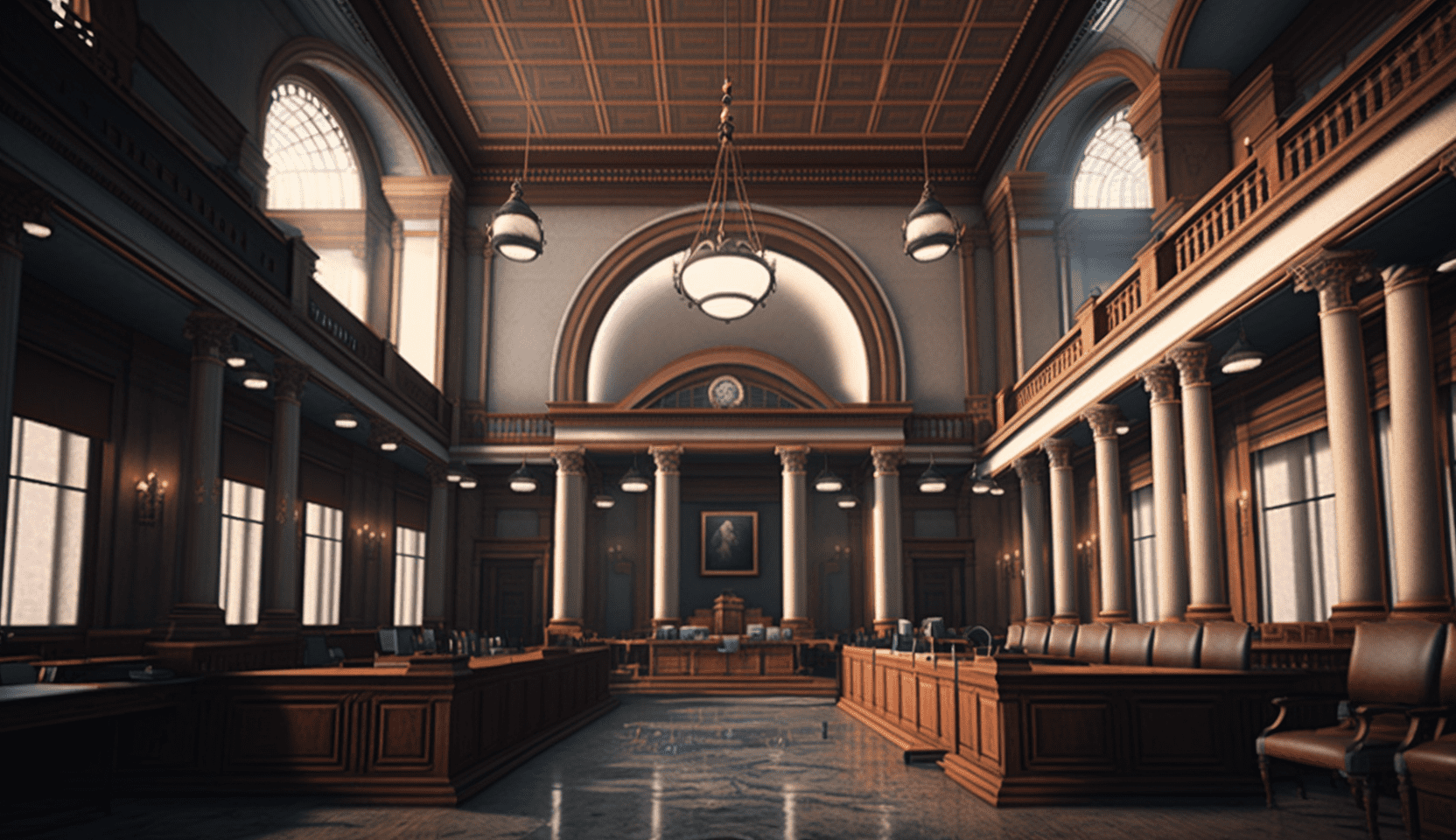
You don’t make policy, you design policy
Using a “designer’s mindset” and design methods is gaining popularity in governments. But it is difficult to place design in strategic places within governments. Design mainly occurs in lower authorities, in implementing organizations, or in design labs. But if you really want to make policy or laws differently and really make a transition, you have to go closer to politics.
Designers’ ways of doing things are rooted in technology and product innovation. Governments are not commercial product-making organizations. The context of design within governments is, therefore, completely different from what designers are initially used to. And any designer who is a bit context-sensitive knows he has to do something with that, but what? The criticism leveled at designers is that they have little feeling for political relationships and do not know ‘how things work’ within government.
But yes, when implementing organizations ring the alarm bell that laws are too complex and impracticable, my design heart rings. Designers have proven that they can deal with the gap between design and implementation; look at the millions of products successfully brought to market.
So how can you ensure that design does have a place close to politics?
And without it becoming a flattened tool that ignores the complexity in which policymakers design policy, but in such a way that it contributes to closing the gap between policy-making and policy implementation.
That is the question I am trying to answer together with policymakers and designers in the coming years.


